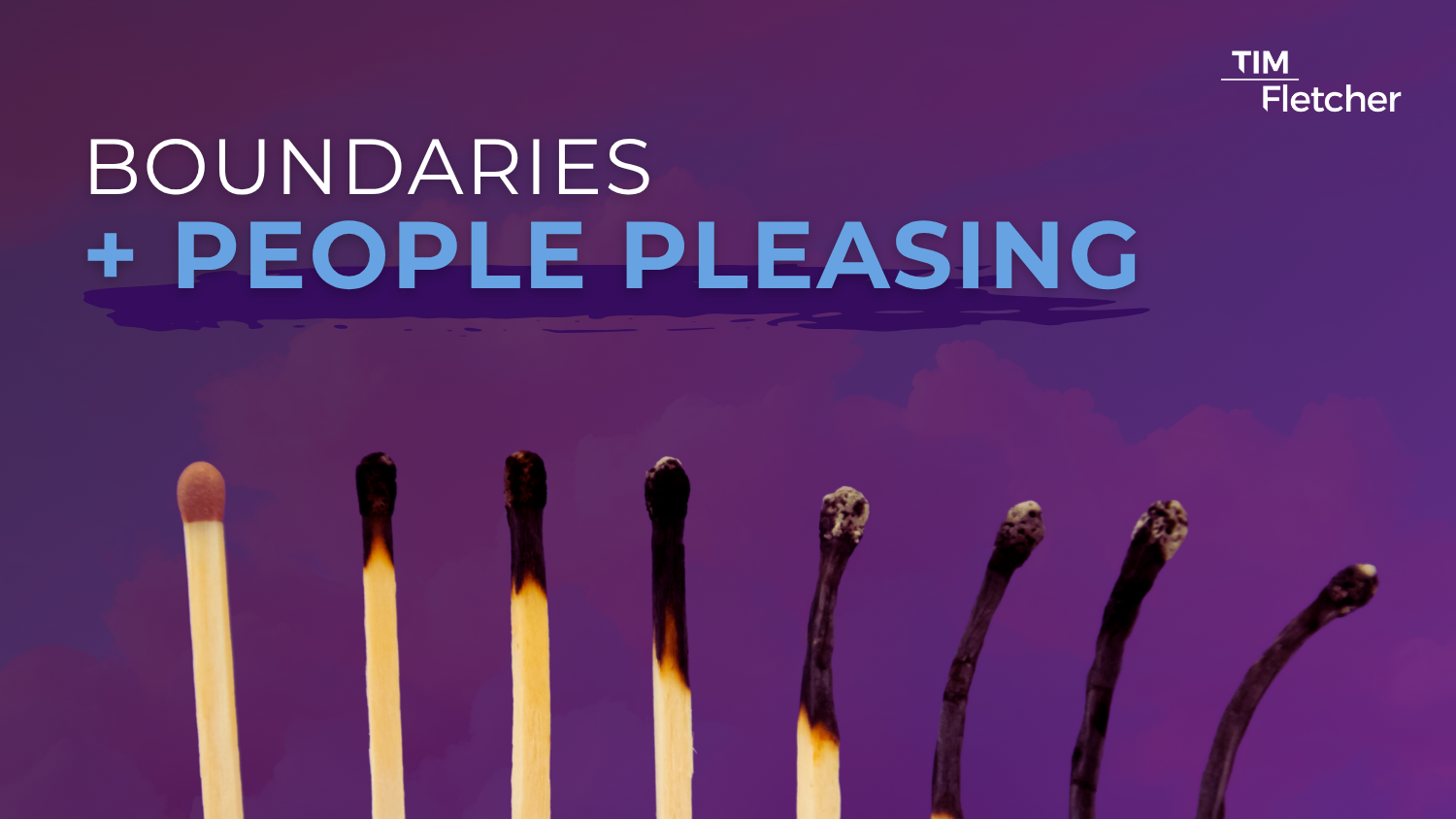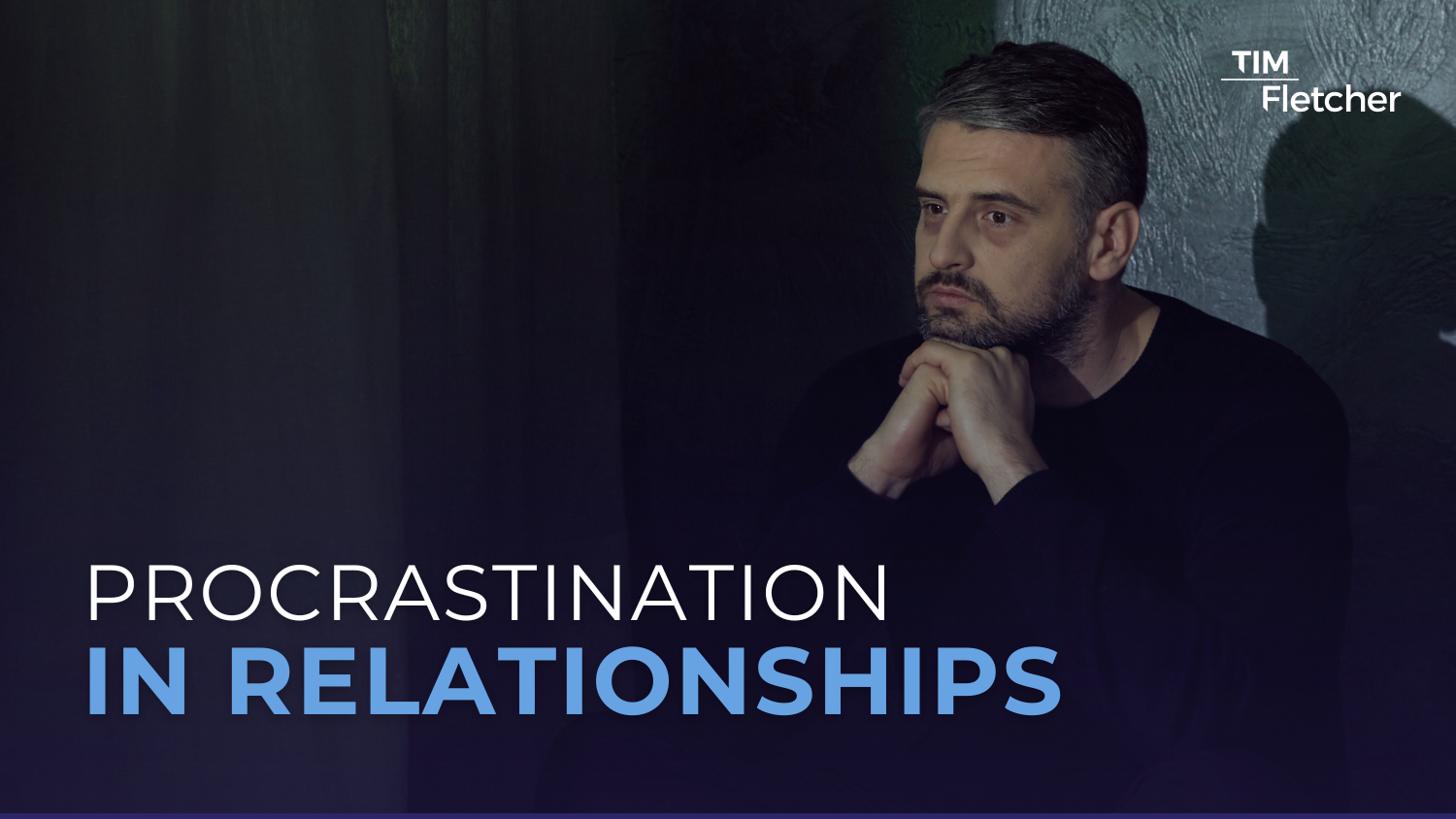THE DISTORTED LOVE LANGUAGES OF TRAUMA
Mainstream media talks about only five love languages
Words of affirmation
Gifts
Quality time
Acts of service
Physical touch
But when you’ve grown up feeling unsafe, unloved, or unseen, there are nearly a dozen other love languages that are learned, but never talked about.
Here, we will name them and discuss how to move forward with the power awareness brings.
We will explore:
Love languages of trauma
Misinterpreting love through the a trauma filter
Stages of healing
Moving forward in gentle awareness
Trauma distorts love’s true intent of connection to one of proving loyalty.
And the following distorted love languages are formed:
Hurting Others to Demonstrate Loyalty
Blindly defending those you love at any cost
Prioritizing loved ones over everybody else
Cutting others off instantly to prove allegiance to your loved ones
This is often about keeping your loved ones from feeling abandoned like you did.
2. Taking on Other People’s Problems
Absorbing their crises into your own life
Sacrificing your own needs to step in and save them
Draining yourself mentally and physically as proof of how valuable they are to you
This creates “learned helplessness” in them, and they will never learn how to take care of themselves.
3. Going Down With Them
Sacrificing your stability or wellness to mirror their pain
Throwing away your priorities or job so you sink together
Letting other relationships suffer so they don’t feel alone
4. Returning After Abuse
Staying after mistreatment, betrayal, harm, or abuse
Returning to them as a sign of your love and devotion
Hoping they will love you because of your actions
This keeps you trapped in escalating cycles of harm.
5. Giving Past the Point of Harm
Offering time, money, or other resources you don’t have
Feeling relieved for rescuing them, even if it costs you
Manipulators exploit this, pushing you to “prove” love through sacrifice.
6. Silencing Pieces of Yourself For Their Approval
Silencing your values, beliefs, or opinions
Changing your interests, wardrobe, and lifestyle
Leaves you asking: “Who am I without them?”
They will not love you even if you change for them.This erases your authentic self and will leave you feeling lost and abandoned.
7. Giving up your right to safety
Withholding boundaries to “prove” your love
Comforting them after they hurt you
This reinforces the idea that your pain doesn’t matter to them. Love is never present when either party is being harmed.
8. Limiting Yourself / Holding Back Your Potential
Dimming your potential so they don’t feel “less than”
Fear of success tied to fear of abandonment
Real love doesn’t require shrinking. Your growth can help others grow too.
9. Needing Nothing
Carrying everything alone so they’re never “burdened
Never expressing struggles, needs, or emotions
This creates the perfect bond for narcissists who thrive when it’s all about them, and leaves you empty, unseen, and unloved.
You didn’t choose these patterns—trauma wired them into your need to survive.
Realizing The Gentle Truth
These languages are voices of survival, developed inside those who have needed to have their guards up in self-protection for too long.
Misinterpreting healthy love
Love is meant to feel safe.
But survivors of trauma may not know what safety feels like because their nervous systems have been scanning and reacting to danger their whole lives.
So when someone else tries to express love to a trauma survivor it will most often be interpreted through a filter of past hurt.
For example:
Physical touch can be misread as controlling or manipulative.
“I’m not safe if I can’t control when and how someone touches me.”
“They’re holding me down. I can’t move unless they let me go. They want to control me.”
Words of affirmation might be received with distrust.
“They’re flattering me to get something—what do they really want?”
“Their compliment means they have high expectations. If I mess up, they’ll regret saying it.”
Acts of service may trigger feelings of being a burden.
“I don’t want to be the person who always needs help.”
“They’re helping because they think I’m incapable. They don’t respect me.”
Gifts may bring up fear of obligation or shame.
“I have to match their giving—but I can’t, so I should end the relationship.”
“This gift ties me to them. If I walk away, they’ll throw it in my face.”
Quality time can feel like emotional manipulation or control.
“Is this really about being with me, or about making sure I’m not doing something else?”
“When people stuck around in the past, that’s when the explosions happened. Calm moments could turn bad fast.”
Moving towards healing in slow stages
Early Stage – Safety First:
Start small with gentle awareness.
You are trying something for the first time—there is no single “right” way.
Communicate gentle boundaries to help your nervous system feel safe
Give and receive love in small doses
Say “no” without guilt
Middle Stage — Gentle Experiments:
Here you may feel ready to try receiving love in ways that used to cause stress.
Communicate what feels safe for you.
Agree on a short, specific time together
Keep gestures small and predictable
Instead of a big surprise gift, start with something simple you’ve chosen for yourself
Always pair new experiences with open conversation.
Talk about what felt good and what didn’t feel safe.
Later Stage — Deeper Connection
Here you feel more comfort and deeper trust towards settling into the love language(s) you connect with most.
Partners and friends can lean into the person’s preferred love language more freely now — but it still matters to check in.
Keep communicating what feels right and what doesn’t feel safe
Notice if old fears pop up and meet them with understanding instead of frustration
Healthy love is mutual.
When the pace is right, love languages become less about “getting it right” and more about building trust, moment by moment.
This is when the needs of everyone involved are seen, heard, validated, and met.
Awareness is a gift.
Power comes by “noticing” or “being aware” of when these patterns show up.
You can now choose whether you want to follow them or not.
Whatever you decide is safe and right for you moves you from blind compulsion to conscious intent.
And this is what healthy love is built on.
Additional Resources to Support Your Journey
You don’t have to navigate this path alone. Explore these resources designed to support and empower you:
- ALIGN Courses: Practical, self-paced, trauma-informed tools to help you navigate recovery with clarity and confidence.
- Article: Read “Why Healing Your Relationship With Your Body Is the Key to Healing Everything Else | Complex Trauma” for actionable insights into overcoming trauma’s long-lasting effects.
LIFT Online Learning is designed for people who’ve tried everything… and still feel stuck.
Let’s begin—when you’re ready





















